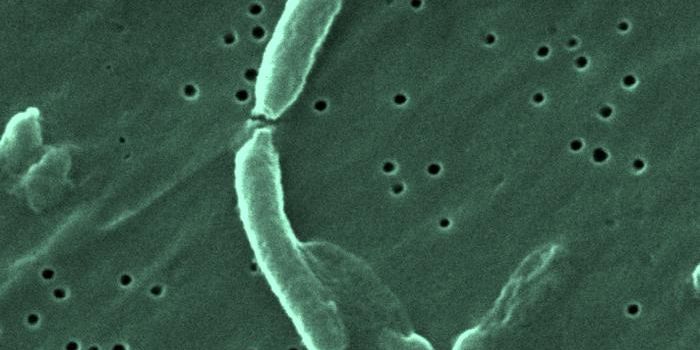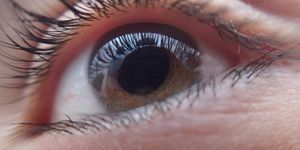CRISPR/Cas9 Gene Editing can be Toxic to Cells & Disrupt Genome Stability
Errors in human genes can lead to many different types of diseases, and scientists have been searching for ways to correct those genetic errors without causing other problems, which can be a tricky proposition. Not only do gene editing reagents have to be delivered to the right place in the right cells, but they also have to be highly specific, and not cause unwanted changes to the genome. The CRISPR/Cas9 gene editing system aims to do just that. Researchers have been modifying and improving the technique since it was developed about a decade ago, and it has even been used in the clinic in a few cases.
But there has been concern about the undesired effects CRISPR/Cas9 may cause, especially in human cells. New research has shown that when CRISPR/Cas9 is used to target certain places in the human genome, it can cause instability in the genome, and can have toxic impacts on the cell. This effect depends on the sequence of DNA around the targeted region, epigenetic factors, and the p53 gene, which is known as a critical tumor suppressor and is involved in the regulation of the cell cycle. This research, which has been reported in Nature Communications, also offers advice on how to avoid these problems.
"Our work addresses an important issue with TP53-associated toxicity of Cas9, which was a matter of some controversy recently, and it also provides guidelines on how to sidestep the problem," noted corresponding study author Dr. Fran Supek of IRB Barcelona. "Avoiding editing in these risky spots would not only make CRISPR editing more efficient but, more importantly, safer."
In CRISPR gene editing, a guide RNA targets a certain place in the genome, and directs a DNA-cutting enzyme called Cas9 to that location where the enzyme then makes the cut. While there are some basic rules for designing guide RNAs, there are usually a few places that can be targeted in any given gene. Portions of the targeted gene that are involved in regulation or carry certain epigenetic marks should be avoided because they are more likely to cause the unwanted p53 effect, added first study author Dr. Miguel-Martin Álvarez of IRB Barcelona.
The investigators used computational tools to identify 3,300 places in the human genome where strong toxic effects are likely to occur if they are targeted by CRISPR. They also suggested that there are toxic editing locations in about 15 percent of human genes.
The CRISPR technique itself can sometimes activate p53, because as 'guardian of the genome,' p53 can detect DNA damage and halt cell division. This would usually stop cancerous cells from dividing further and causing more damage, for example. CRISPR editing efficiency is often reduced because of this effect; CRISPR-edited cells can die off because p53 stops them from dividing.
But some CRISPR-edited cells may be able to keep dividing because p53 has become dysfunctional. Such cells may not be as good at responding to other, subsequent DNA damage, which can occur naturally. If this happens in a population of cells, there may be a bias toward cells that are edited, but also genetically unstable. These cells might then accumulate additional genetic mutations, without responding to them. This would increase the chance that a cell or group of cells would become malignant.
The study authors cautioned that since some CRISPR therapies involve taking cells from a patient, editing them, and then returning them to the patient, caution should be used.
"We hope that our study provides some guidelines on how to design safer CRISPR reagents, and encourages further research into this issue," said Supek.
Sources: Institute for Research in Biomedicine (IRB Barcelona), Nature Communications









